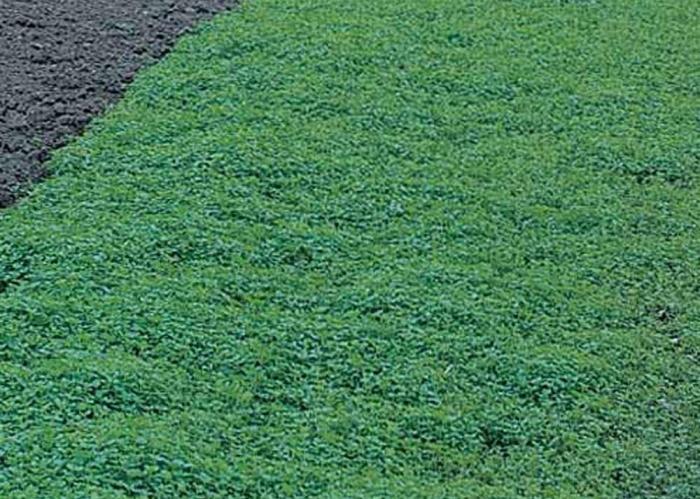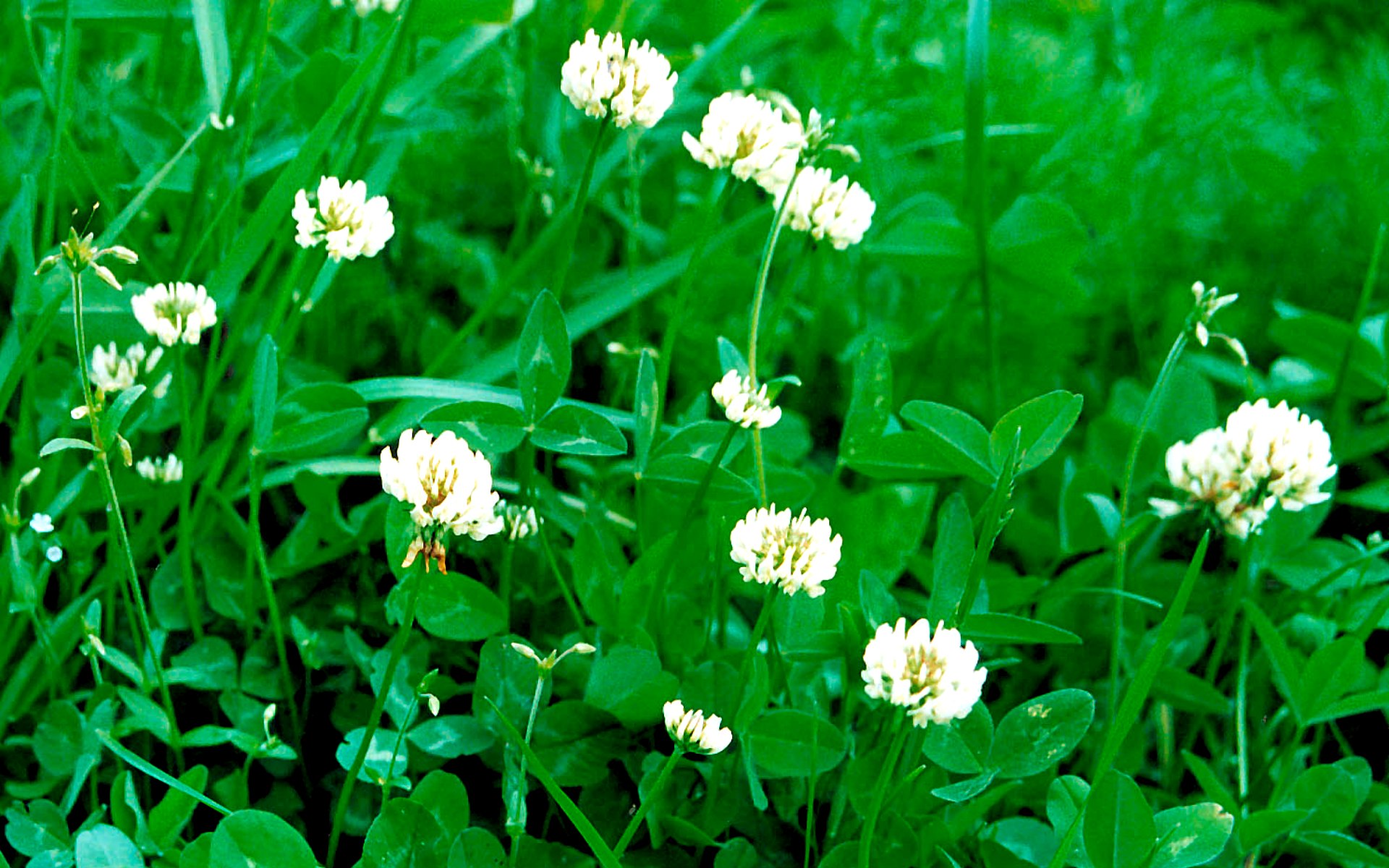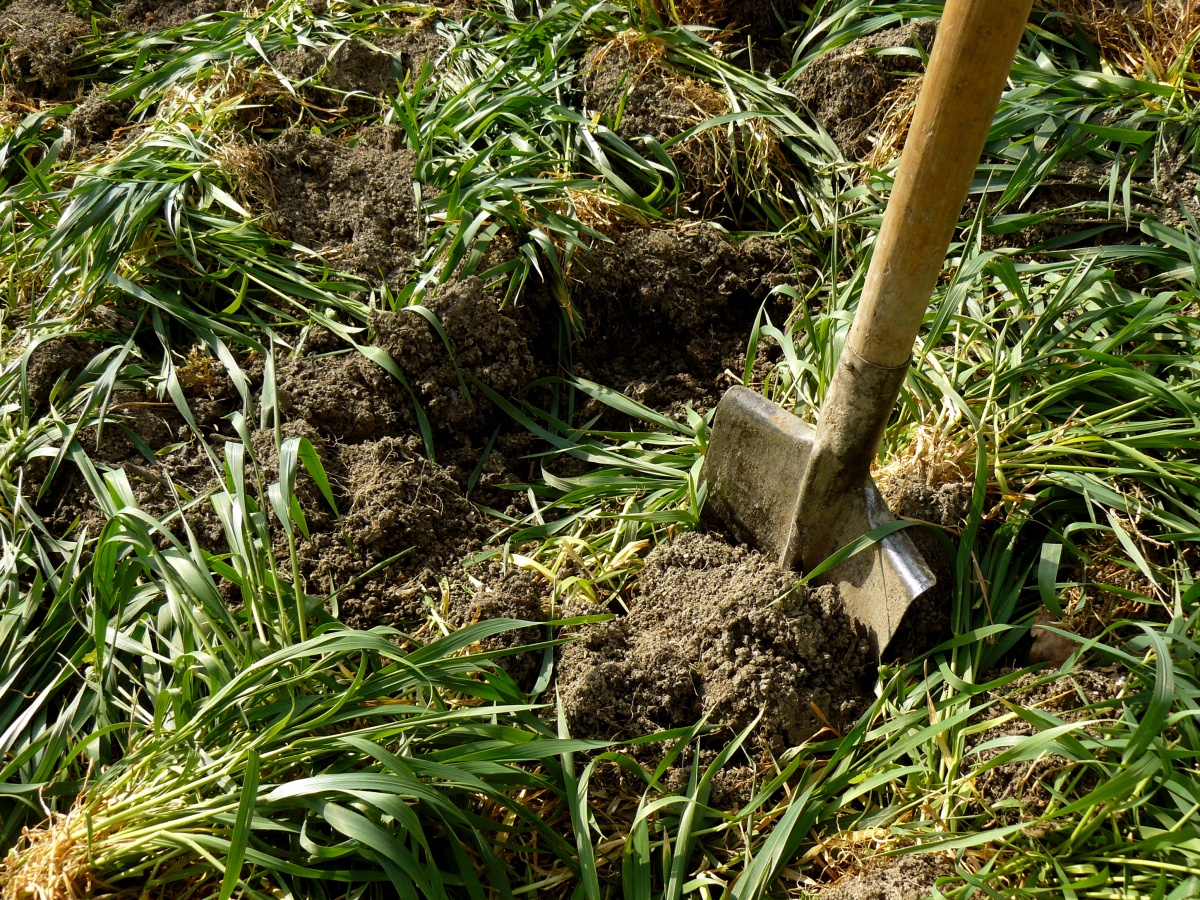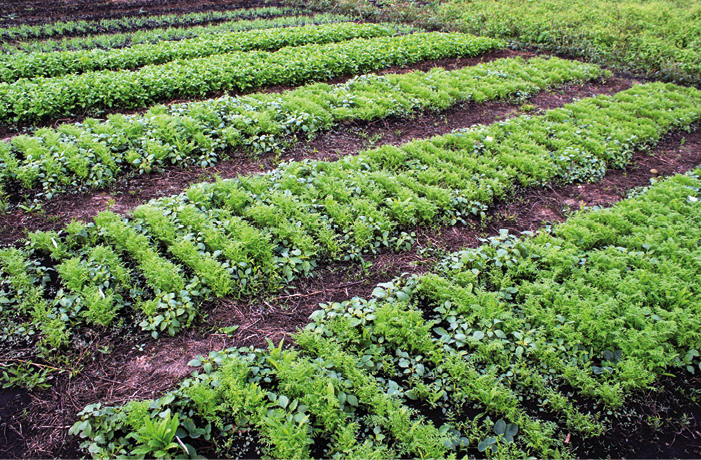Search
Login
Green fertilizers on the site. Siderata
Currently, the cheapest and easiest way to improve the soil is to use green manure. Green fertilizers nourish a plot of land with organic substances and oxygen, do not require special care. Which plants are siderates? When to plant green fertilizers and how to use them? You will find the answers in this article.
Content
- Siderat benefits
- What siderates to sow?
- How to use green manure?
- Sowing siderates according to soil type
- Sowing and harvesting green fertilizers video
- Calculation of plant seeds - siderates in g / 10m2
- Sowing of green manure video
- How to make green fertilizer in liquid form video
Siderat benefits
Siderata does not require care, characterized by rapid growth, low environmental requirements and high ability to improve the soil. Thanks to the developed root system, green manure deeply penetrates the soil, loosening it and enriching it not only with organic substances, but also with oxygen. The dense growth of green manure protects the earth from weeds and erosion, reduces the evaporation of moisture.

The planting of green fertilizers in empty areas is welcomed, while the soil rests, green manure feeds it. Long-term scientific and practical observations have proved that the content of biological substances in green fertilizers is equivalent to manure.

In addition, the organic way of fertilizing the soil increases the value of the products from the garden for our health. The economic benefit is also noticeable, legumes feed the area of \u200b\u200b100 m2 with nitrogen in an amount of up to 1 kg, this figure is exactly 3 kg of ammonium nitrate or 5 kg of ammonium sulfate.
What siderates to sow?
Not all types of plants can be grown as green fertilizer. Recommended, the best siderates are legumes, these are lupine, field peas, vetch, alfalfa, clover and seradella. Mustard, turnip, buckwheat, rye, and phacelia have a beneficial effect on the soil.

Each plant brings its own benefits, for example, the legume family supplies the soil with nitrogen, and buckwheat supplies calcium.
How to use green manure?
After sowing, siderates mow without waiting for them to fully ripen. Shortly after mowing, the soil is dug shallowly (5-8 cm) along with the remains of mowed plants, the siderat roots will not interfere with the sowing of other plants and will serve as an additional source of nutrition.
Cultivated plants should be planted only 3-5 weeks after fertilizing the soil with green manure, as some green fertilizers, when decomposed, prevent seed germination. The effect of siderates lasts for 2-3 years.

Another way to use cut grass is mulching; mulch retains moisture and provides plants with organic matter over time. Sometimes fertilizers are grown specifically to complement the compost heap. Seeding rates of siderates depend on many factors, about them below.
Sowing siderates according to soil type
To get the desired result, you need to choose the right green fertilizer to the type of soil. So, wheat is recommended to be planted in areas with neutral soil. Buckwheat, seradella, rye, oats will grow well on acidic soil, and alfalfa and phacelia will help reduce acidity.
Sandy soil will improve its composition after field peas. Lupine, vetch and clover grow on any soil. On heavy soils, white clover and clover are often found.

Sowing and harvesting green fertilizers
When choosing green fertilizers, they are guided by the sowing period and the final fertilizer of the soil. July and the first half of August is the sowing time; these green manure can already be mowed in the fall.

In late August and early September, frost-resistant winter green manure is sown - rye, vetch, wheat, oats. Winter plants are not cut until April. Different plants are sown in a limited time:
- red clover - sown from early spring to the end of summer, harvesting is possible in 2-3 months
- alfalfa - sown from mid-spring to late summer, cut at the end of summer or autumn
- buckwheat - sown in the summer, mowed after 2 months
- lupine - from April to August, cleaning after flowering
- field peas - from March to August, mow siderat during flowering
- phacelia - planting is possible in spring or autumn after harvest. After 2 months, the phacelia will be ready as fertilizer, loosening the soil before the onset of severe frosts.
Remember that late cutting of siderates (after the appearance of seeds) deprives the plants of their mission, all useful minerals are transported from leaves to seeds.
Calculation of plant seeds - siderates in g / 10m2
Correct seeding of green manure is not limited to knowledge about the time of sowing, the following is a list of the recommended dose of seeds in grams per 10m2:
- phacelia 10-15 gr
- lupins 140-160 gr
- seradella 50-60 gr
- field peas 50 gr
- sweet clover 10 gr
Mixture for light soil (yellow lupine is used):
- lupine 180 gr + seradella 30 gr
- lupine + oats 100 g each
- field peas + vetch 150 g each
Mixture for heavy soil (blue lupine):
- lupine 150 gr + field peas 100 gr or phacelia 20 gr
A mixture of winter siderates:
- rye 120 g + 50 g wheat
Sowing of green manure
Before sowing the seeds, the soil is freed from previous crops, carefully removing the roots, they do not do slats for seeds. Dig up the soil, distribute seeds from above and cover with a thin layer of earth to protect against birds and wind. Siderata are unpretentious, but require timely watering.

A lack of moisture during a dry summer adversely affects the amount of organic matter in the leaves and roots of plants. Avoid plants of the same family, it is not recommended to plant legume fertilizers if crops such as peas or beans were grown in front of them, this will help reduce the spread of diseases and pests for this class of plants. When re-growing green manure, use new mixtures.
How to make green fertilizer in liquid form
Green manure is also grown to prepare liquid fertilizer. Fertilizing with such a mixture of culture is best in spring, before flowering. Nettle, dandelion, comfrey and yarrow leaves are added to a container with water (about 50 l); 200 g of yeast can be added for better fermentation.

The resulting mixture is covered with a film and insisted in a warm place for 3 weeks. The resulting fertilizer is filtered, the rest of the greens are sent to compost. A liter of liquid is designed for one plant. In addition to nutrition, green liquid fertilizer repels harmful insects.





